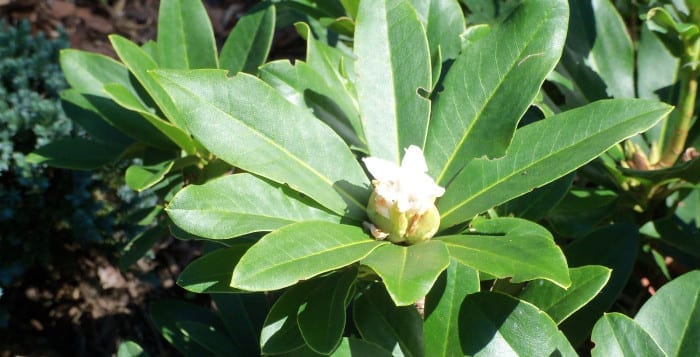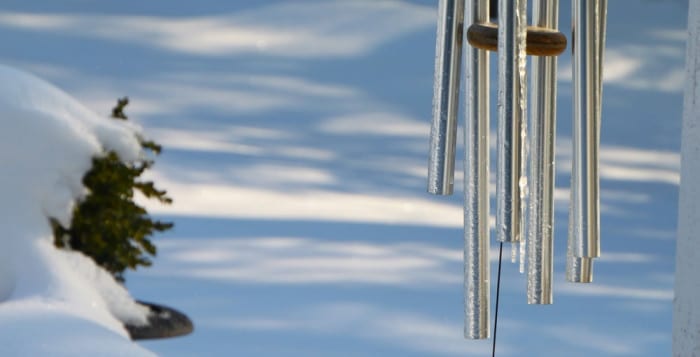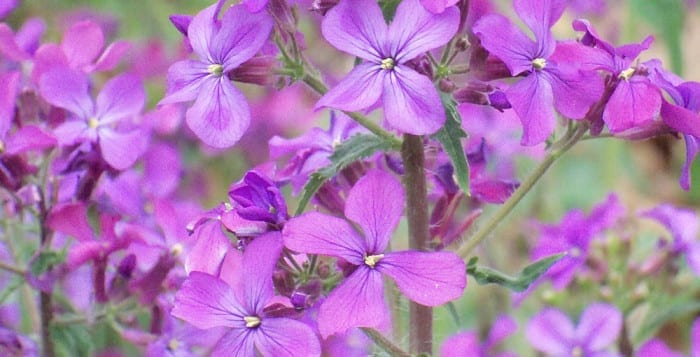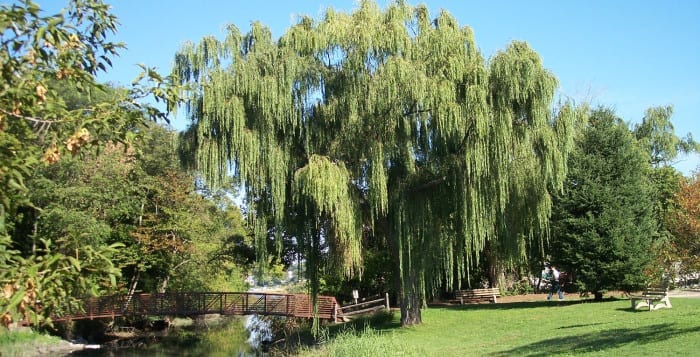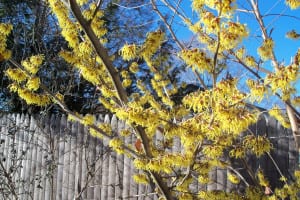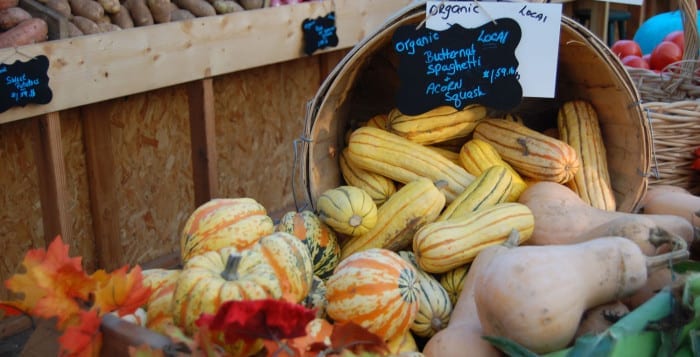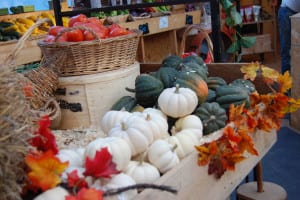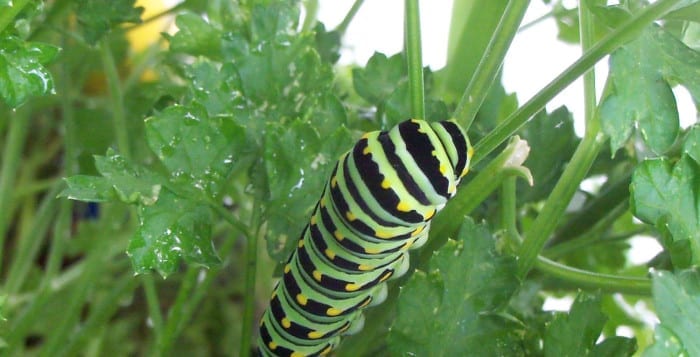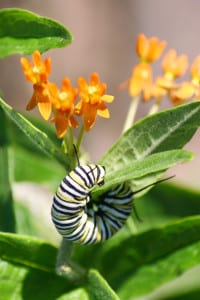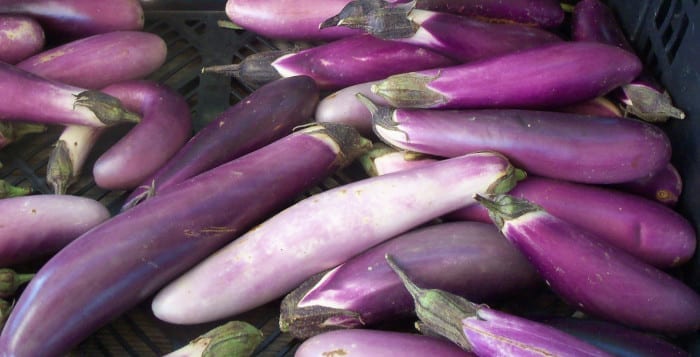By Ellen Barcel
There’s no doubt about it. It was a very dry summer. On average, we normally get three to four inches of rain each month. It rains once every three days. However, this past April, May, July, August and September, our prime growing months, have had substantially less rain than average. For example, April’s average rain is over four inches. This past April it was under two inches. August’s average is over four inches, but this past August saw just about an inch and a half of rain. Only June saw more rain than average. It’s been one of the driest years on record.
It’s also been a very mild autumn. “No Coat November,” as one meteorologist referred to it, gave way to a balmy December. As of this writing, mid December has broken two record highs. The weekend of Dec. 12 and 13 saw two 68 degree days, breaking the previous record highs.
Plants are definitely confused. A gardening friend of mine noticed that one of the buds on her rhododendron plants had actually bloomed. And her pussy willows are blooming as well. I’ve heard people comment that they saw their crocuses coming up. Another’s irises are up. My own tomato plants set fruit in November and my roses just finished blooming. It’s December and my geraniums are still blooming. Plants that were pruned in early autumn are putting out new green growth. And just Monday, I saw a cherry tree in bloom.
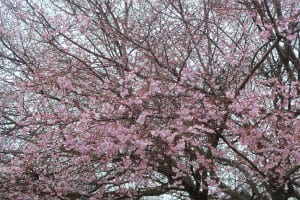
Why aren’t all of our plants growing? Some need more daylight, which we don’t have right now. Some need a period of real cold, like daffodils and other spring bulbs, and we just haven’t had that. And some just need the warmth, which we have had. What does all this mean to the home gardener?
• You may be able to leave root crops in the ground longer than normal, if there is no sign of a hard freeze. Watch the weather forecasts for a warning.
• If it continues to remain warm and dry, you may need to water some of your plants, especially evergreens, even though it is December. Remember, they’re still alive and, yes, they need water. Watch the weather for when you can finally put that hose away.
• Don’t expect spring flowering plants that have bloomed early — this autumn — to bloom again next spring (which is their regular time). Witch hazel usually blooms in late winter or very early spring. If yours has come out already, that’s it until the next year. That cherry tree I saw won’t put out more flowers again in spring.
• Plants that have sprouted tender green leaves this fall, may very easily have those branches die back once the really cold weather gets here. Don’t be concerned. Just prune back any dead branches in the spring.
• If your crocus have come out, they will probably survive winter’s cold. They frequently come out and bloom when there is snow on the ground, but don’t be surprised if they don’t make it.
• Mulch your tender plants in case the reports that suggest a mild and wet winter are not correct. After the last two snowy winters, most of us won’t mind mild weather, and considering how dry it’s been, rain would be welcome. Plants going into winter after a drought have a more difficult time surviving the cold.
One way to deal with occasional summer droughts and either very hot or very cool weather is to grow native plants that are more adapted to Long Island’s weather swings. Native trees, for example, generally have taproots that go deep into the soil, where it is moist, to get water in times of drought.
Native plants are also more adapted to swings in temperature. This doesn’t mean that in times of extremes all your plants will survive, but native plants have a much better change.
Ellen Barcel is a freelance writer and master gardener. Send your gardening questions and/or comments to [email protected]. To reach Cornell Cooperative Extension and its Master Gardener program, call 631-727-7850.

